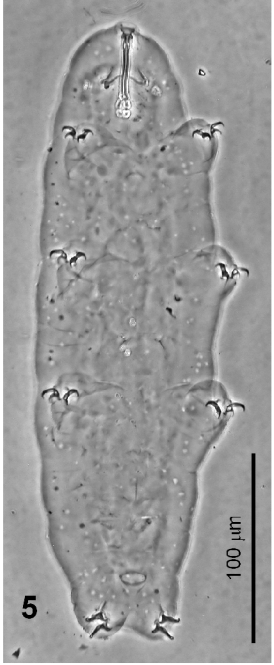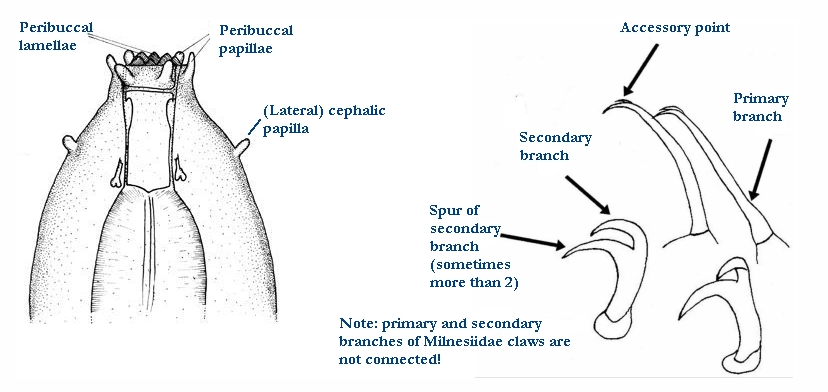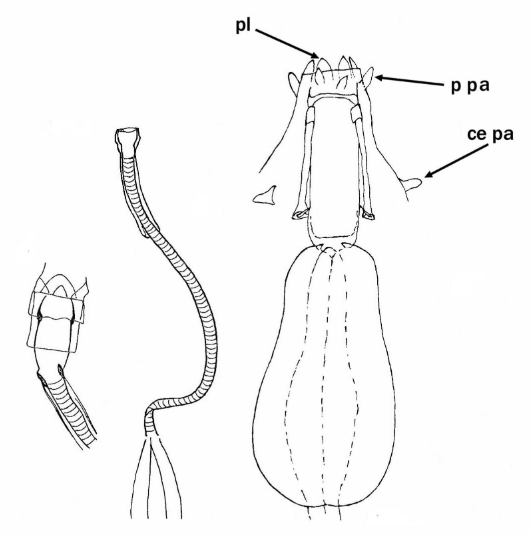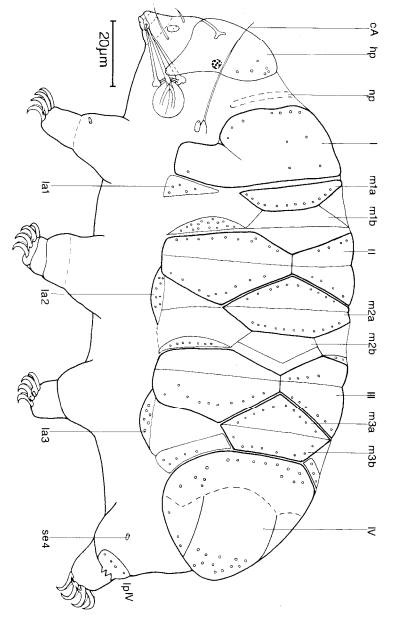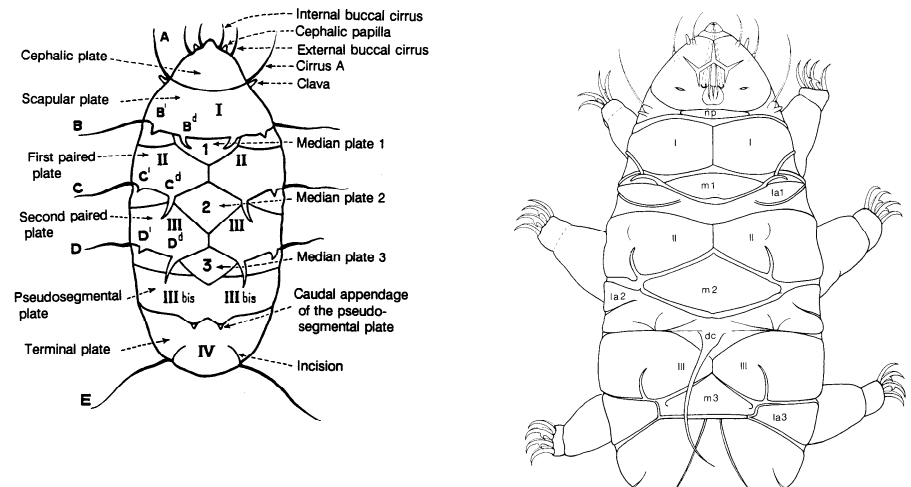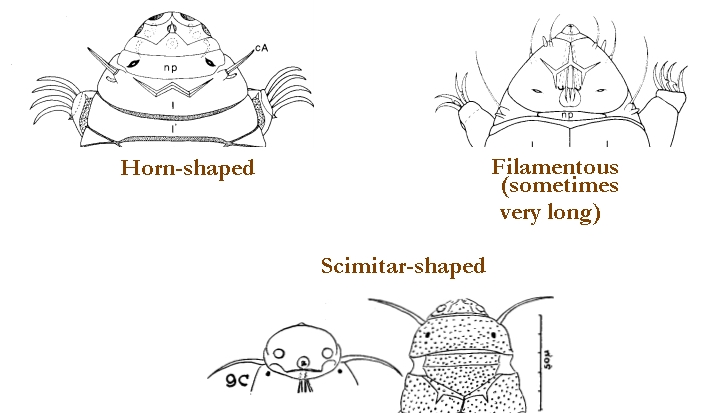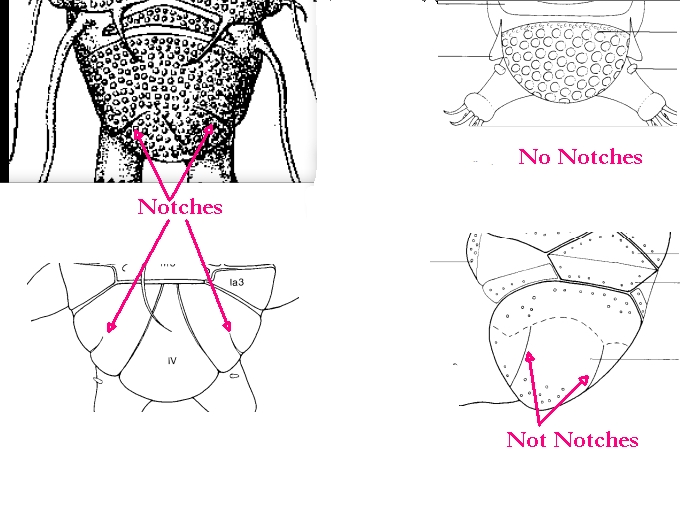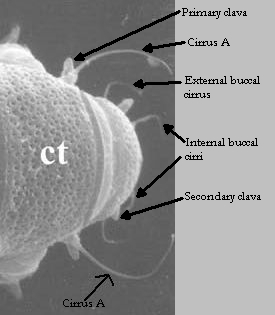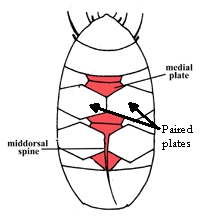Genus description from Thulin 1928: “Krallen vom zweiten Typus. Für die von mir beobachteten Arten gilt ferner, dass die Muskelfortsätze am vorderen Teile der Mundröhre crista-förmig sind (bei undulatus, septentrionalis und Sattleri konnte dies jedoch nicht sicher festgestellt werden). Weiter ist bei ihnen der hinter dem vierten Bauchganglion inserierende Transversalmuskel jeder Seite einfach oder aus 2-3 dicht aneinander verlaufenden Strängen zusammengesetzt; eine Ausnahme bildet indessen I. septentrionalis, bei welchem wie bei den Macrobiotiden der anderen Gattungen dieser Muskel in zwei Stränge geteilt ist, welche lateral entfernt voneinander entspringen.”
Translation: Claws of the second [Isohypsibius] type. For the types I have observed, the muscular processes on the anterior part of the buccal tube are also crista-shaped (however, this could not be ascertained with undulatus, septentrionalis and sattleri). Further, in them, the transverse muscle of each side, inserting behind the fourth abdominal ganglion, is composed simply or of 2-3 strands running close to each other; an exception, however, is I. septentrionalis, in which, as in the Macrobiotids of the other genera, this muscle is divided into two strands which emerge laterally apart from each other.
Genus description from Schuster et al. 1980: “Six peribuccal lobes present; buccal lamellae absent. Buccal tube short, rigid, without spiraled thickenings. Pharynx with apophyses, macroplacoids or macro- and microplacoids; without septulum. Two double claws of each leg of similar size and shape; not connected; without lunulae. Primary branch of external double claw flexible at junction with secondary; sequence of branches 2,1,2,1. Cuticular thickenings (bars) sometimes developed near base of internal double claws, or between internal and external claws. Smooth eggs deposited in cuticle.”

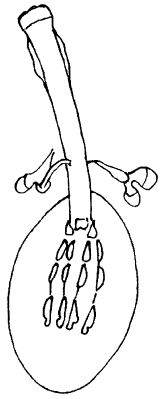

Citations:
Schuster RO, Nelson DR, Grigarick AA, Christenberry D. 1980. Systematic criteria of the Eutardigrada. Transactions of the American Microscopical Society. 99: 284-303.
Thulin G. 1928. Über die Phylogenie und das System der Tardigraden. Hereditas. 11: 207–266. https://doi.org/10.1111/j.1601-5223.1928.tb02488.x
